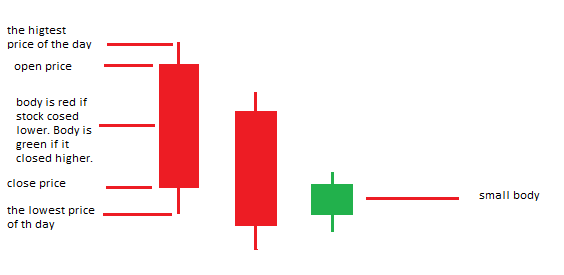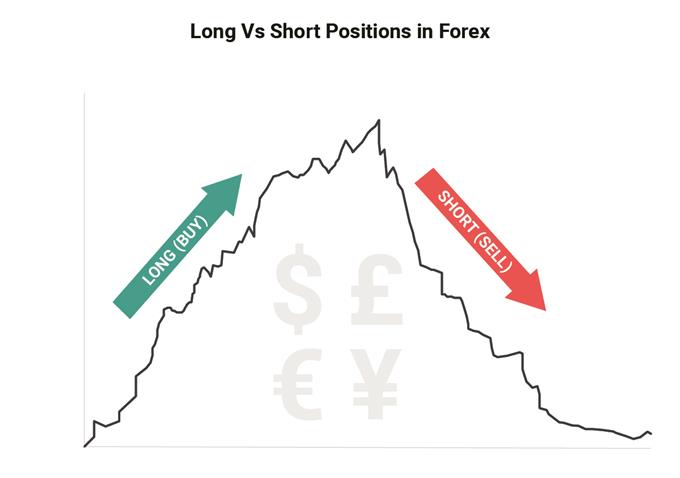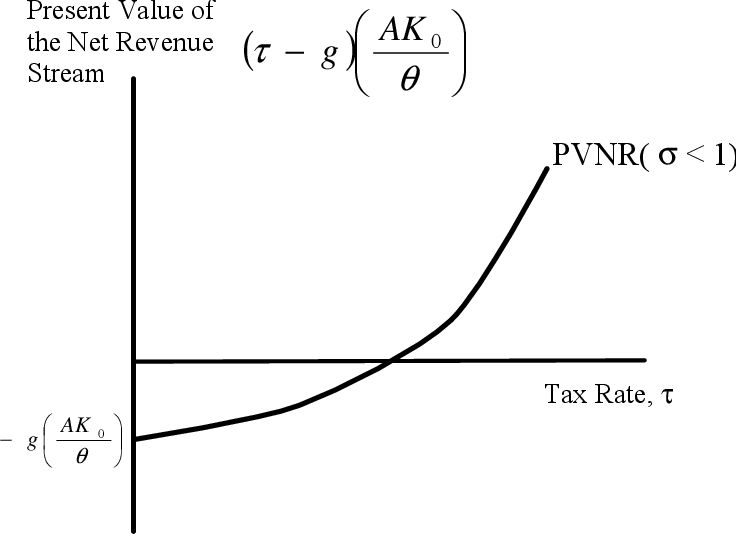
For example, during the 2008 recession, automobile sales plummeted, putting the auto manufacturing industry in jeopardy. 1 Another example of an unforeseen incident that could impair interest coverage ratios is a workers’ strike. They must rely on a higher ability to cover interest to accommodate for periods of poor revenues. Because sectors differ so greatly, a company’s ratio should be to others in the same industry ideally.
- Accounting ratios are nothing but the relationship among various items or groups of items in financial statements.
- The ratio is calculated by dividing EBIT (or some variation thereof) by interest on debt expenses (the cost of borrowed funding) during a given period, usually annually.
- For example, on June 19, 2008, a popular
US rating agency, Standard & Poors, reported that it lowered its credit
rating on several classes of pooled commercial mortgage pass-through
certificates originally issued by Bank of America. - As a result, creditors utilize this formula to determine the risk of lending.
- The interest coverage ratio is the ratio that is used to assess how easily a company can pay the interest on its outstanding debt.
Such figures don’t pass on the required meaning or useful information unless these are illustrated as a relative value to some other financial variables. If the coverage equation equals 1, the corporation only produces enough money to cover its interest payments. This situation isn’t any better than the previous one, because the corporation is still unable to make the principal payments. If the result is less than 1, the company isn’t profitable enough to cover its interest payments. A corporation with a calculation of less than 1 will be unable to pay its debt interest.
Ratios similar to LCR
The business also has a lease on a company car with annual payments of $8,000. Typically, most commercial banks require the ratio of 1.15–1.35 × (NOI/ annual debt service) to ensure cash flow sufficient to cover loan payments is available on an ongoing basis. For example, if a property has a debt coverage ratio of less than one, the income that property generates is not enough to cover the mortgage payments and the property’s operating expenses. A property with a debt coverage ratio of .8 only generates enough income to pay for 80 percent of the yearly debt payments. However, if a property has a debt coverage ratio of more than 1, the property does generate enough income to cover annual debt payments. A lender may also capture other fixed expenses such as insurance, utilities, and taxes, but most loan covenants for the Fixed charges coverage ratio (FCCR) focus on loan and lease payments.

Now,
since no one would make a loan like this initially, a financial
analyst or informed investor will seek information on what the
rate of deterioration of the DSC has been. You want to know not
just what the DSC is at a particular point in time, but also how
much it has changed from when the loan was last evaluated. interest coverage ratio upsc It indicates that of the eight loans which are “underwater”,
they have an average balance of $10.1
million, and an average decline in DSC of 38% since the loans
were issued. Let’s say Mr. Jones is looking at an investment property with a net operating income of $36,000 and an annual debt service of $30,000.
How Do You Calculate the Debt Service Ratio?
An interest coverage ratio of two is frequently an acceptable standard for established corporations in some industries, such as utility companies. Divide the EBIT (profits before interest and taxes) by the interest expense to arrive at the interest coverage ratio formula. Furthermore, the acceptability of any given level of this ratio is, to some extent, in the eye of the beholder.
Twin balance sheet problem to twin balance sheet advantage – Times of India
Twin balance sheet problem to twin balance sheet advantage.
Posted: Thu, 29 Jun 2023 07:00:00 GMT [source]
This suggests that the company’s current sales are not sufficient to repay the company’s current debt at this time. If it is less than 1.5, it indicates that the possibility of a firm being able to fulfill its interest expenses on a continuous basis is still dubious. If it is greater than 1.5, it indicates that the company is likely to be able to do so.
Download IDFC FIRST Bank App
A bank may be more comfortable with one figure than another, depending on the required risk limitations. Earnings before interest and taxes (EBIT) is essentially net income after interest and taxes have been deducted. We want an accurate picture of how much the company can afford to pay in interest.

Therefore, the interest coverage ratio (ICR) of the company is 3.38 times, which indicates that the company’s earnings are sufficient to cover their interest expenses 3.38 times over. Therefore, the interest coverage ratio (ICR) of the company is 9.4 times, which indicates that the company’s earnings are sufficient to cover their interest expenses 9.4 times over. The numerator of the formula is the EBIT, which is calculated by subtracting a company’s operating expenses from its revenues. EBIT represents the amount of money a company earns before it pays interest and taxes.
What is a good debt service coverage ratio?
However, interest coverage ratios vary greatly across industries; therefore, it is best to compare ratios of companies within the same industry and with a similar business structure. It’s one of several debt ratios that can be to assess a business’s financial health. The term “coverage” refers to the amount of time (usually a number of fiscal years) that interest payments can be made with the company’s existing earnings. In basic terms, it indicates how many times the company’s earnings can be to satisfy its debts.
Back to Basics: What is Debt Sustainability? – IMF F&D – International Monetary Fund
Back to Basics: What is Debt Sustainability? – IMF F&D.
Posted: Sun, 29 May 2022 19:11:26 GMT [source]
The debt service ratio—otherwise known as the debt service coverage ratio—compares an entity’s operating income to its debt liabilities. Expressing this relationship as a ratio allows analysts to quickly gauge a company’s ability to repay its debts, including any bonds, loans, or lines of credit. This is an especially important calculation for bankers, who may be deciding whether or not to allow a business to take on more debt. In another form, the ICR is calculated using earnings before interest and taxes (EBIAT) rather than EBIT. This has the effect of subtracting tax charges from the numerator, resulting in a more accurate depiction of a company’s ability to pay interest expenses.
Because of such wide variations across industries, a company’s ratio should be evaluated to others in the same industry—and, ideally, those who have similar business models and revenue numbers. Like any metric attempting to gauge the efficiency of a business, the interest coverage ratio comes with a set of limitations that are important for any investor to consider before using it. Two somewhat common variations of the interest coverage ratio are important to consider before studying the ratios of companies. Just as Liquidity Coverage Ratio promotes the short-term resilience of banks, the NSFR promotes their resilience over a longer-term.

Interests and lease payments are true costs resulting from taking loans or borrowing assets. Paying down the principal of a loan does not change the net equity/liquidation value of an entity; however, it reduces the cash an entity processes (in exchange of decreasing loan liability or increasing equity in an asset). Thus, by accounting for principal payments, DSCR reflects the cash flow situation of an entity. A fixed charge is any type of expense that recurs on a regular basis, regardless of the volume of business. A ratio that is negative in terms of interest coverage has a value that is less than one.
A company’s ability to meet its interest obligations is an aspect of its solvency and is thus an important factor in the return for shareholders. The “coverage” in the interest coverage ratio stands for the length of time—typically the number of quarters or fiscal years—for which interest payments can be made with the company’s currently available earnings. Capital gearing and income gearing differ in the sense of their application, as the calculation of the two are different from each other. The measures of financial leverage, namely debt ratio and debt-equity ratio are related to capital gearing; whereas the interest coverage ratio is a measure of income gearing.
There are a lot of solvency ratios that are used to measure the solvency of an organization like; the Interest Coverage ratio, Debt-to-Assets ratio, Equity ratio, and Debt-to-Equity ratio. The Debt Service Ratio is also typically used to evaluate the quality
of a portfolio of mortgages. For example, on June 19, 2008, a popular
US rating agency, Standard & Poors, reported that it lowered its credit
rating on several classes of pooled commercial mortgage pass-through
certificates originally issued by Bank of America. They further go on to state that this
downgrade resulted from the fact that eight specific loans in the
pool have a debt service coverage (DSC) below 1.0x, or below one
times.
- The term “coverage” in the interest coverage ratio refers to the amount of time (usually quarters or fiscal years) that interest payments may be made with the company’s existing earnings.
- A steep fall in the US housing market led to extreme financial stress in the US between mid-2007 and early 2009.
- The significant difference between the two is that the fixed charge coverage ratio accounts for the yearly obligations of lease payments in addition to interest payments.
If a company has a ratio that is greater than one, this suggests that they are able to pay the interest on its debts using its earnings or that they have demonstrated the ability to keep its income at a fairly steady level. Analysts and investors both prefer an interest coverage ratio of two or more, even though a level of 1.5 may be the bare minimum that can be considered acceptable. If a company has historically experienced higher levels of revenue volatility, the interest coverage ratio may not be regarded as satisfactory until it is significantly greater than three. To calculate the debt service ratio, divide your company’s net operating income by its debt service. This is commonly done on an annual basis, so it compares annual net operating income to annual debt service, but it can be done for any time frame.
